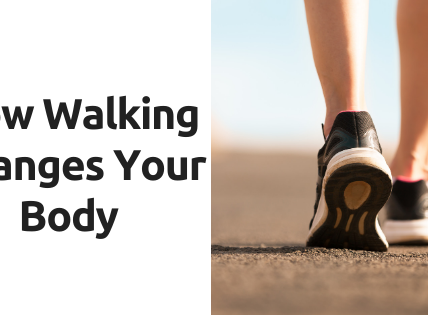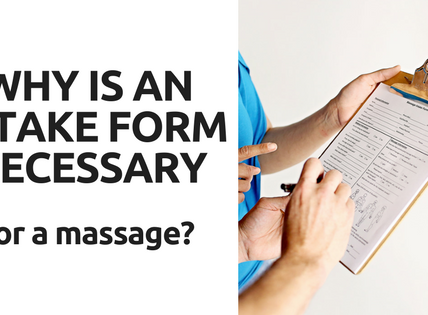As an Amazon Associate, I earn from qualifying purchases.

Foam rolling for recovery is something you see quite frequently when at the gym and is often promoted in workout videos, blogs, and magazines. Almost as soon as someone completes an intense lifting session or workout, it’s not out of the ordinary to see them run over to their foam roller in an attempt to prevent soreness the next day. While foam rolling certainly does have its benefits such as shortening the recovery time and increased range of motion, there are a few things you need to be cautious of before pulling that foam roller out.
6 Best Hip Exercises for Runners(Opens in a new browser tab)
If you’ve seen anyone using a foam roller, you’ve likely seen them turn to their side and start rolling the outside of their thigh, the iliotibial (IT) band. That wouldn’t be an issue were the IT band muscle tissue. However, the IT band isn’t muscle, but rather a very tough, thick tendon that runs from a few hip muscles down to the knee.
3 Stretches to Loosen Your Hips in Less than 5 minutes(Opens in a new browser tab)
The point of rolling your muscles is to loosen those that are tight so they can relax; breaking down the tension, for lack of a better term. Because your IT band doesn’t contract and doesn’t respond to pressure in the same way as muscle tissue, regular rolling doesn’t really have much benefit and can actually cause damage and inflammation to the area. What about stretching it? A study published in the International Journal of Sports Physical Therapy suggest that the IT band with enough stretching may be able to increase its length up to 2.75%. While lengthening the IT band may sound enticing, it may defeat the purpose of it. Increasing the length of the IT band can lower its ability to keep your lower body working properly and keep your body safe.
What’s the Deal with Muscle Cramps?(Opens in a new browser tab)
Many people blame the IT band for hip, thigh, and knee pain, and while that may be somewhat justified, the IT band isn’t usually the initial culprit, but a victim itself. The structures that are often to blame are in fact the muscles that attach at the top of the IT band; the two primary being the gluteus medius and tensor fascia latae (TFL). These muscles work together to perform hip abduction, hip extension, and external rotation; think moving your hip out to the side and back slightly while rotating the foot out. IT band issues are often a muscular imbalance involving these two. Due to a weakened gluteus medius, the TFL must compensate, taking over almost entirely for that hip abduction and extension, and overall stabilization of the hip during movement. The reason is that not many of us regularly work our hips in those actions, but rather only work in a single plane; hip flexion and hip extension. That outward movement, especially in complex forms, isn’t performed on a regular basis, resulting in a weakening of the associated muscles. If the gluteus medius is weak, the TFL is forced to compensate, putting all that work on this relatively small muscle which attaches to the top of that IT band. Due to all that extra work, it pulls significantly more on the IT band, causing a feeling of tightness and possible strain and inflammation to the area. In some cases, this can even begin to cause abnormal knee tracking leading to knee pain and potentially more significant knee problems.
To test if this weakness is the potential culprit for your IT band issue, lay on your side with your legs straight, so you’re in a perfect line. Now lift your top leg up and back, and rotate your toes to point out slightly as well. You may find that it’s hard for you to balance in this position. If you fall toward your back, twist your upper body forward to compensate, or otherwise can’t hold this position while keeping your upper body completely neutral, that’s a good indication that your gluteus medius is weak, and may very well be the cause of this IT band tightness.
How do you strengthen that gluteus medius to correct this? Do that exact motion as an exercise regularly. Lay on your side with your legs straight, then lift that top leg up and back, and rotate the hip out slightly. Come back to neutral and do it again. Repeat several times each day, and be sure you’re working both hips so you’re not creating more imbalance; even if your IT band issue is only on one side.
While I’m not saying to throw out your foam roller, let’s reserve it just for your muscles and leave that poor IT band alone.
Ready to book an appointment so we can help stretch your glutes and TFL? Give us a call at 325.646.4272 or book online here.






1 COMMENTS
Comments are closed.